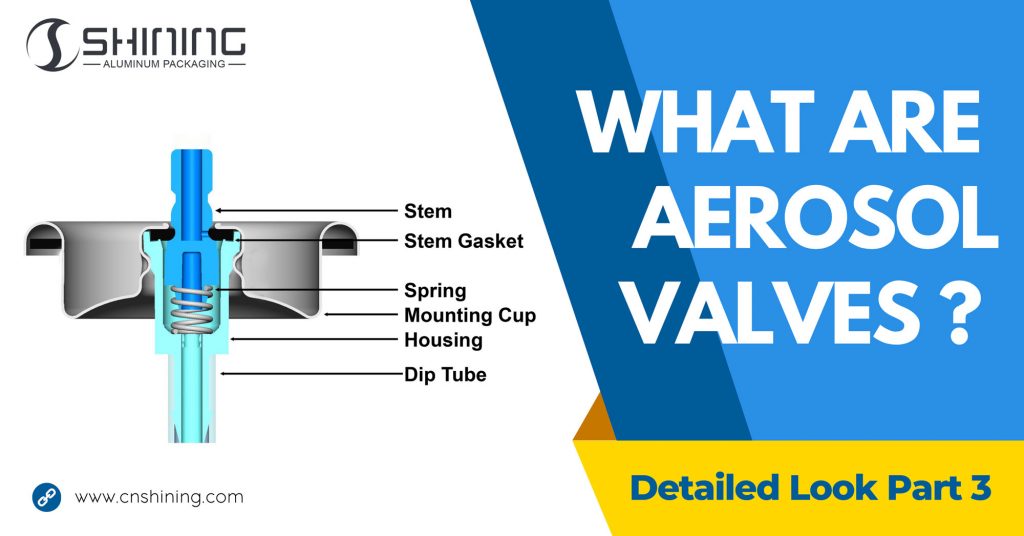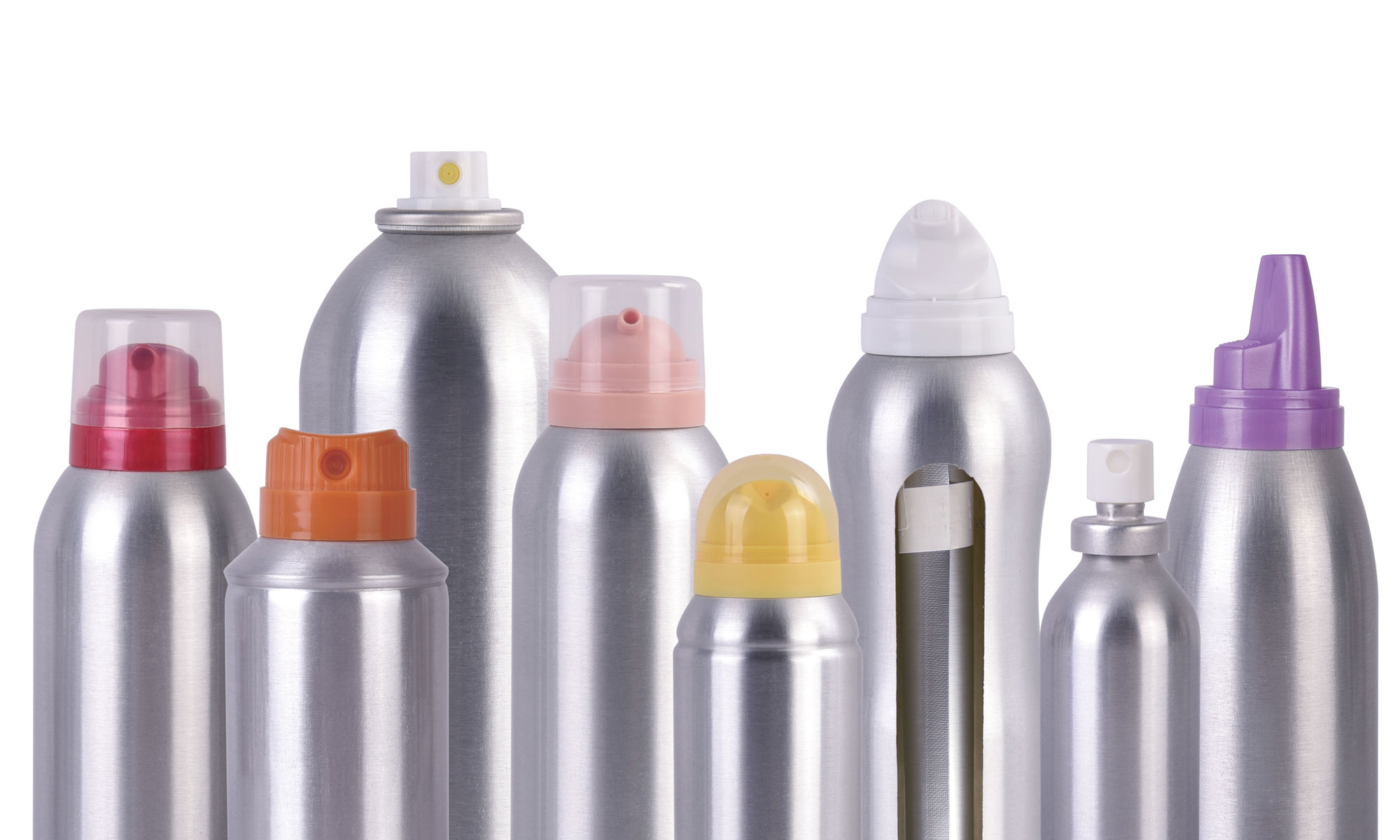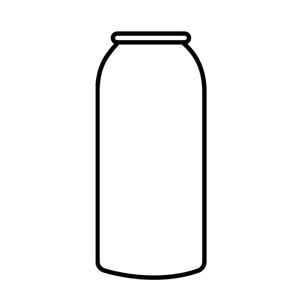As an aerosol valve manufacturer, understanding the intricate mechanisms behind these components is essential for creating effective, reliable products. Aerosol valves may seem simple, but they involve precise engineering to ensure consistent product flow, pressure control, and secure sealing. Let’s dive into how aerosol valves work, highlighting key mechanics, core functions, and application-specific adaptations.
Mechanics of Aerosol Valves
The mechanism of an aerosol valve involves several key components that work together to deliver a controlled spray. Here’s how each part contributes:
- Actuator: This is the part users press to release the spray. It controls the flow and pattern of the product by directing it through specific nozzle orifices. A well-designed actuator is crucial for ensuring a smooth, even application.
- Stem and Stem Gasket: The stem connects to the actuator and is responsible for managing the product flow. The gasket, a small rubber piece, acts as an on/off switch by sealing the orifices when not in use.
- Spring and Housing: The spring keeps the valve closed when the actuator isn’t pressed, helping maintain product freshness. The housing encloses these parts and helps regulate the spray output.
- Dip Tube and Mounting Cup: The dip tube draws the product up from the canister, while the mounting cup links the valve to the can, forming an airtight seal. Different products may require variations in dip tube length and diameter.
Core Functions
Aerosol valves perform three core functions: dispensing, sealing, and propellant containment. Here’s how each of these functions works within the system:
1. Dispensing
The primary role of the aerosol valve is to dispense the product in a controlled manner. When the actuator is pressed, the valve opens, allowing the pressurized product to flow out as a fine spray, foam, or mist, depending on the formulation and actuator design. This action enables precision and minimizes product waste, making aerosols convenient and efficient.
2. Sealing
The valve’s sealing ability is essential for preserving the contents and ensuring user safety. The stem gasket and spring work together to keep the valve sealed when not in use, preventing leaks and contamination. A high-quality seal is especially critical for products sensitive to air exposure or prone to evaporation.
3. Containing the Propellant
Containing the pressurized propellant safely within the canister is vital. Aerosol valves are designed to withstand the internal pressure generated by propellants like liquefied gases or compressed air. For certain applications, using a barrier or bag-in-can system can further protect the product and maintain stable pressure over the life of the aerosol.
Adaptations Across Applications
Aerosol valves are tailored to meet the unique needs of different industries, from pharmaceuticals to cosmetics and beyond. Let’s look at a few examples:
1. Pharmaceutical Applications
In medical aerosols, such as inhalers, precise dosage control is critical. Special metering valves are used to dispense a consistent, measured amount of medication with each spray. These valves often use specialized materials and mechanisms to ensure patient safety and accuracy.
2. Cosmetics and Personal Care
In personal care products like deodorants and hair sprays, the valve design focuses on achieving a fine, consistent mist. Actuators with MBU (Mechanical Break-Up) inserts are common, creating an optimal spray pattern for even coverage.
3. Industrial and Household Products
For products such as lubricants and cleaning agents, durability and resilience to various chemicals are paramount. Valves in these applications are designed with robust materials to withstand potentially corrosive contents and ensure a long-lasting spray pattern.
Pro Tips and Industry Insights
- Choose the Right Propellant: Selecting a suitable propellant is essential for product performance. For instance, compressed gases like nitrogen offer consistent pressure over time, ideal for products requiring a steady flow.
- Use MBU Actuators for a Fine Mist: Mechanical Break-Up actuators improve spray fineness, which is particularly beneficial for cosmetic applications.
- Maintain Seal Integrity: Regularly test the stem gasket and spring to prevent potential leaks, especially if your product is sensitive to air exposure.
- Consider Valve Customization: Custom valves can be designed to match specific requirements, including spray rate, particle size, and actuation force, depending on the product.
FAQs About Aerosol Valve Mechanics
- How does an aerosol valve control the spray pattern? The spray pattern is controlled primarily by the actuator and nozzle design, which directs the flow and disperses the product accordingly.
- What materials are used in aerosol valves? Common materials include stainless steel for springs, plastic for actuators, and rubber for gaskets, each chosen for durability and compatibility with the product.
- Why do some aerosol valves clog? Clogging can result from high-solid content formulations or improper storage. Regular maintenance and testing can help prevent clogging issues.
- What is an MBU actuator? MBU, or Mechanical Break-Up, is a type of actuator designed to create a finer, more consistent mist by channeling the product through swirl chambers.
- How do barrier systems work with aerosol valves? Barrier systems separate the product from the propellant using a bag or piston, ideal for sensitive formulations or foaming products.
- How can I prevent my aerosol valve from leaking? Ensure a tight seal in the valve assembly, especially in the mounting cup and stem gasket, and avoid exposure to extreme temperatures.
- What’s the difference between vertical and tilt valves? Vertical valves open when pressed downwards, while tilt valves open when pushed to the side, offering versatility for different spray angles.
- Can I use any actuator with any valve? Not always; actuators must match the valve design for compatibility and proper spray control.
- How do I select the right aerosol valve for my product? Consider factors such as product viscosity, spray pattern requirements, and propellant compatibility.
- Why is crimping important in aerosol valve assembly? Crimping secures the valve to the can and ensures an airtight seal, crucial for safety and product integrity.
Ready to learn more or order custom aerosol valves? Visit our product page at https://www.cnshining.com/aerosol-valve-manufacturer to explore our range or contact us directly for tailored solutions!






















